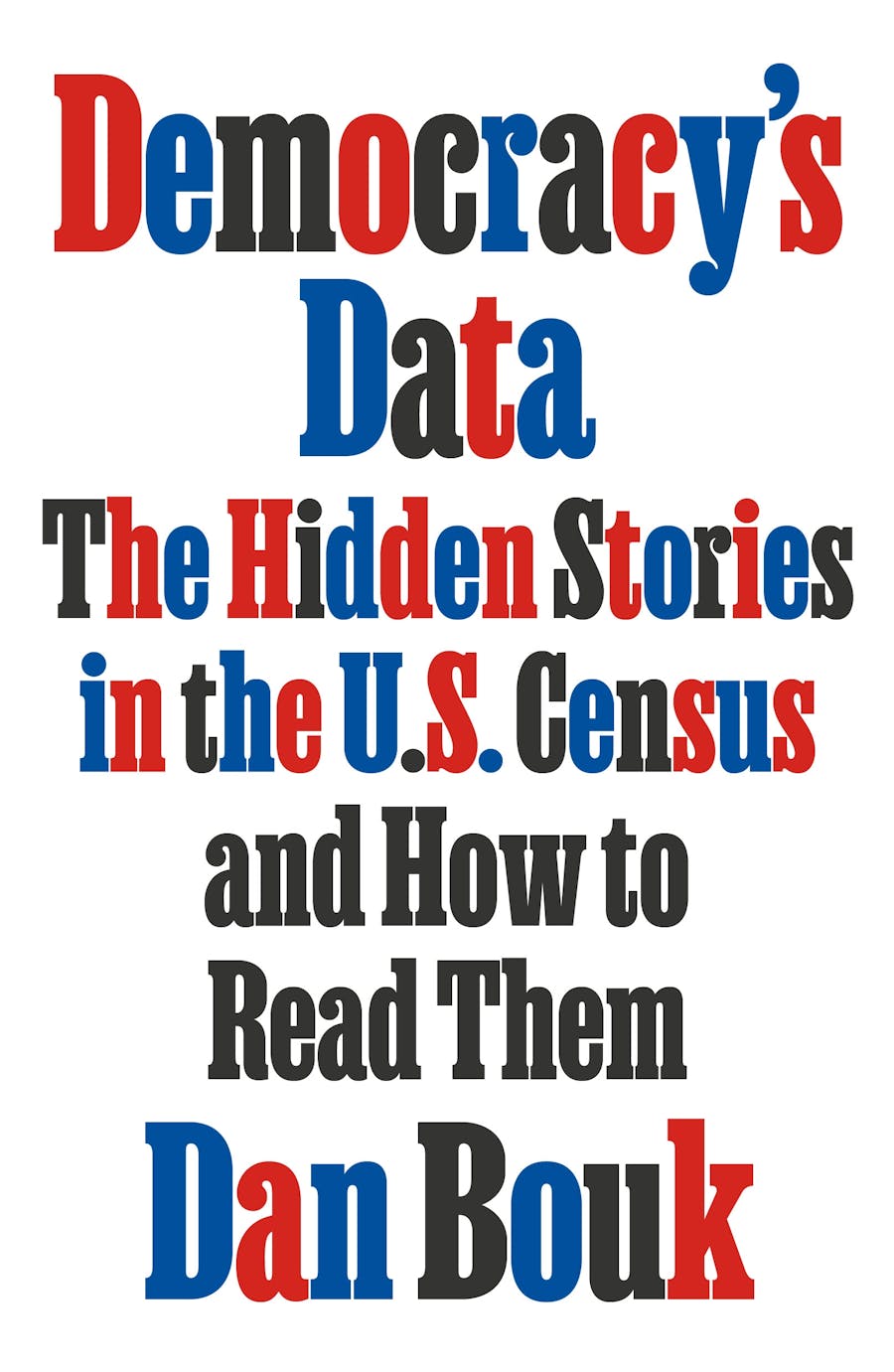Dr. Goodwin recommends writing history from the perspective of what someone knew at the time, not what we know today as we look back on the past and see events and their consequences.
What did they know, when did they know it?
As an example, in her research for writing about President Franklin D. Roosevelt and First Lady Eleanor Roosevelt, Dr. Goodwin carefully studied their diaries and letters, to get a sense of their thoughts and emotions at particular points in time, particularly over the course of World War II.
Her goal was to write so "the reader could feel what it was like to be Franklin and Eleanor at that time, which means that if they made mistakes, you could at least understand why they did. If they did something admirable, you could feel it with them."
In terms of family history, our ancestors had no way of knowing what would happen when they decided to leave their home country, or get married, or join the military, or change jobs. Today, we can be Monday morning quarterbacks, applauding some ancestors' moves while questioning others. But what could they have known at the time they faced that decision and at each step of the way afterward?
Tell the story as the ancestor lived it
What was it like for my aunt Dorothy Schwartz (1919-2001), a daughter of Hungarian immigrants, to decide to join the WACs in WWII, and eventually make a dangerous trip overseas to serve in war zones? I have some idea about her day-to-day story as it unfolded, thanks to news articles, letters home, family meeting minutes, and the recollections of a friend she made on board the RMS Aquitania when going to war. The NY Times and other publications covered the voyage to Europe because Dorothy and her WAC unit was the first sent overseas in WWII.
As background, Dorothy worked for a few years after high school before attending Hunter College in New York City, her home town. She was ardently pro-democracy during college--her quotes on the subject were included in local news coverage of the time. Dorothy didn't have a clue how World War II would turn out, but she was determined to do her part when she applied for the Women's Army Auxiliary Corps. She didn't even know whether she would be chosen to serve, because 35 women applied for each open position. Once she was chosen, her life took a very different direction than if she had stayed in New York and finished college. Remember, she was only in her early 20s.
Dorothy's letters home during training and after deployment showed her learning to be part of a WAC team, gaining an appreciation for the immense tasks ahead, and developing into a squadron leader. They also revealed her pride in the professionalism she and her WAC colleagues displayed, despite being underestimated by many men in the military and in everyday life. This was a theme that came up over and over again--countering misperceptions through hard work and super-professionalism.
Ancestor's story in context
Decisions like Dorothy's aren't easy, and they change not just the individual's life, but the entire family's situation. Dorothy left her aging parents and her beloved twin sister to become a WAC. She never dreamed she would be away from home for nearly 3 years, nor did she imagine serving alongside Allied bombing squadrons.
Her letters reveal she felt intense pressure to perform perfectly because thousands of lives depended on her accuracy in recording and transcribing bombing orders. When Dorothy finally came home, she had a huge sense of accomplishment in helping to win the war and fresh confidence in her own capabilities.
We know how these decisions turned out, but our ancestors had to live each day without any idea of the eventual outcome. If we tell as much of the story as we can learn, tell it as it unfolded from the ancestor's perspective, we can help our relatives and future generations appreciate the true drama and suspense of family history.















